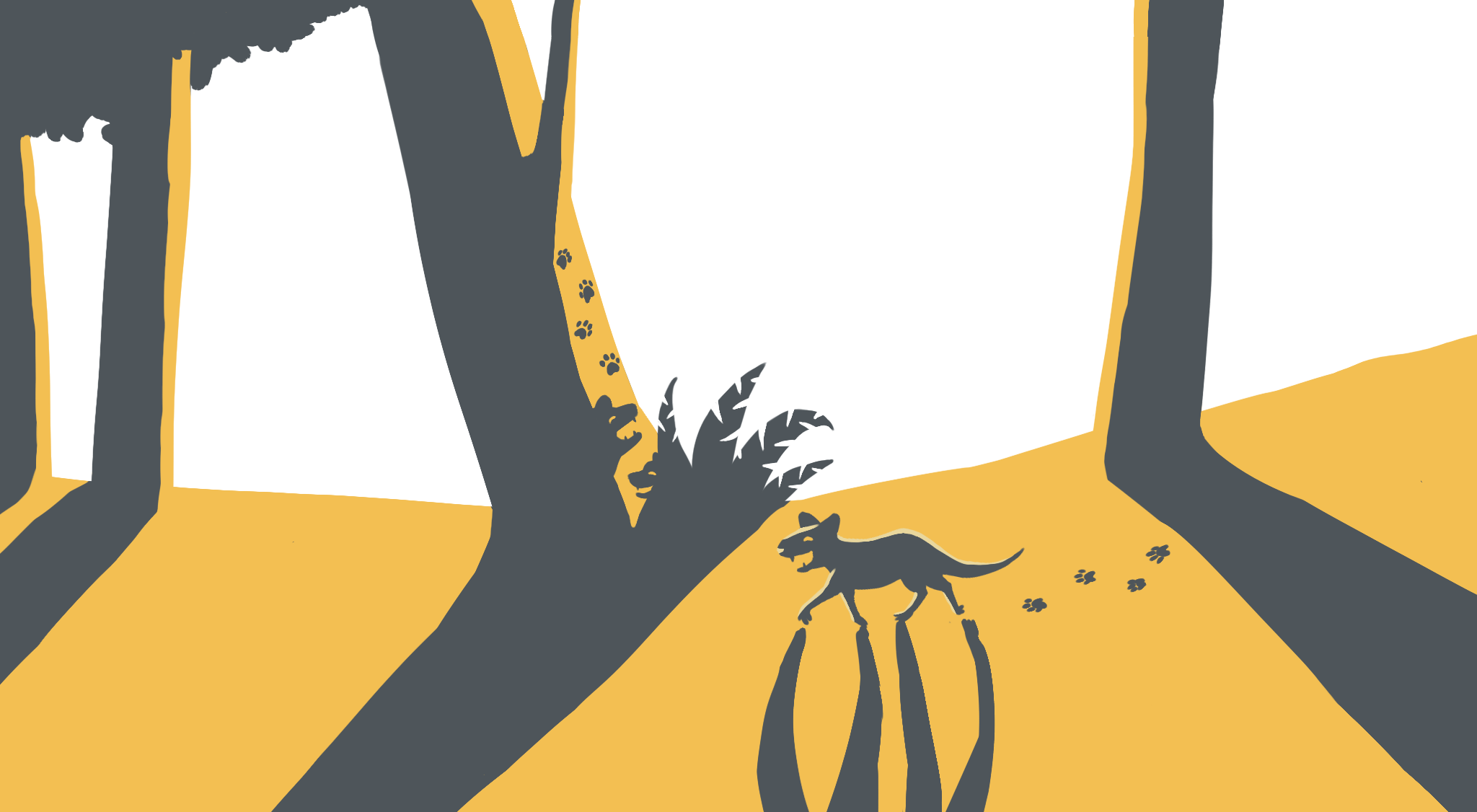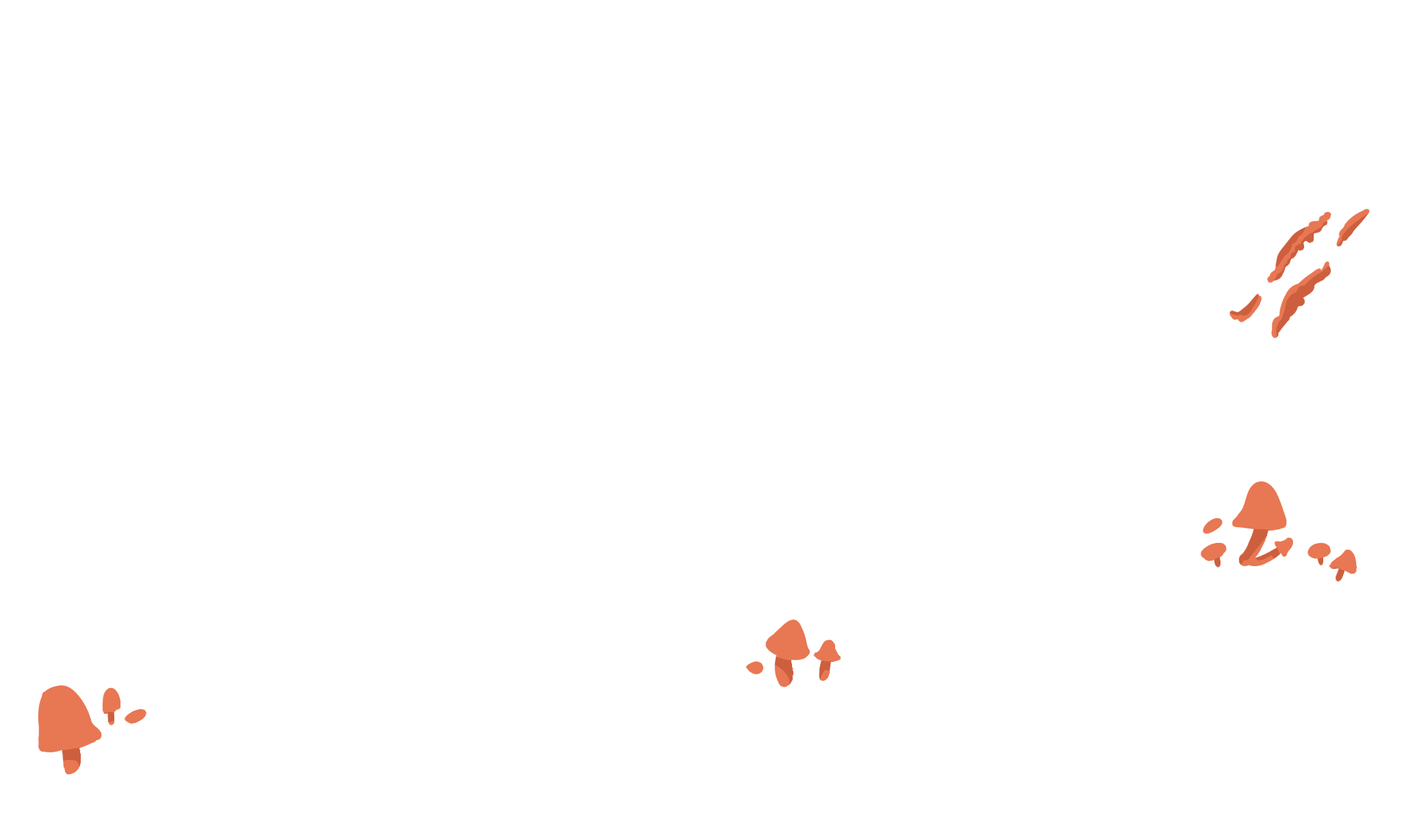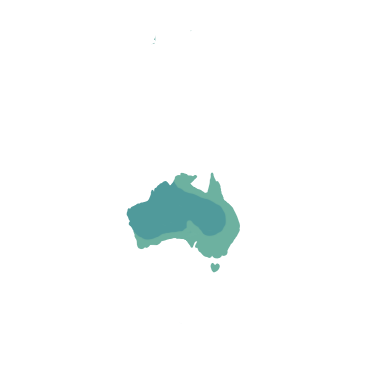







You may see ‘Tassie devils’,
but can you see they’re ill?
With zoos to raise them healthy,
they may recover still.
IUCN, 2018
EN
Endangered
Wild Population
Key Threat
Disease
The Tasmanian devil is the world's largest living carnivorous marsupial, but at birth they are less than a 10th of a penny in weight. Like other marsupials, newborn devils are hairless and blind, and must climb up into their mother's pouch to continue development. At nine months of age, young devils leave their mothers and begin to scavenge for the remains of other animals, using their powerful jaws to crunch through bone.
While the Tasmanian devil was threatened from hunting in the early 1900s, it had recovered to a healthy population of about 100,000 individuals. However, in 1996, researchers discovered a deadly cancer spreading through Tasmanian devil populations, the Devil Facial Tumor Disease (DFTD). This was one of the only known contagious cancers, with symptoms including the formation of large tumors on the face that kill infected devils within 6 months. In that time, an infected devil may spread the disease by biting others in a natural display of dominance. Through this process, the disease has spread across most of Tasmania in the last 20 years, wiping out as much as 85% of the population.
Zoos in Australia, New Zealand, Europe, Japan and the United States are now combatting the threat of DFTD by holding and maintaining healthy captive populations. There are now more than 700 captive devils contributing in breeding programs at about 50 zoos around the world. Some of these are being successfully released onto Maria Island off eastern Tasmania to join a wild, disease-free population. Wild Tasmanian devil populations are still declining, but maintaining healthy animals in zoos will ensure they stay around for years to come.



Range & Habitat
The Tasmanian devil was once found across southern and eastern Australia, where it may have persisted until just a few hundred years ago. Its extinction from mainland Australia was largely due to competition with the introduced dingo. Devils are now restricted to the island of Tasmania, where they inhabit all habitat types including grassland, shrubland and forest. Across most of this range, the devil is affected by DFTD.
How Can I Help?
You can help support the conservation of Tasmanian devils by visiting one of the six US zoos currently breeding Tasmanian devils. You can also donate to the Save the Tasmanian Devil Program to help find a vaccine against DFTD and fund conservation projects. Click on the button below to find out more!
